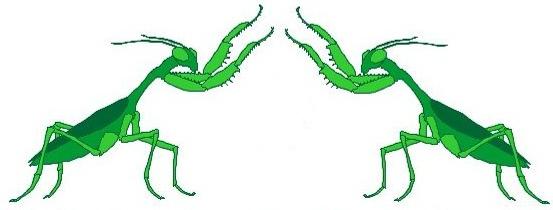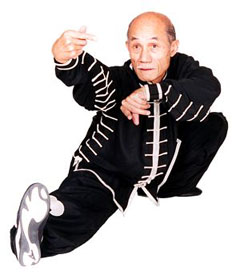|
|
|


Praying Mantis Boxing is one of the most popular Chinese Wushu in the world today. Due to the popularity of this
style, the history and diversification can be easily traced. Praying Mantis Boxing was created by “Wang Lang”
around 1600 AD. It was his stay in the Shaolin Temple in Honan that gave him the chance to see a praying mantis
defeat a much larger cicada. Wang then took the insect and study its movements to improve his Kung Fu skills.
Praying Mantis Boxing stresses emitting power from the waist, though the advance level is largely soft style,
evading direct power confrontations. Its focus is on quick hand techniques, joint locks, and an intricate array of
footwork resembling the pattern of Chinese astrology’s seven classical stars. Praying Mantis Boxing also uses
grappling and grabbing techniques.
The most common hand technique used in Praying Mantis Boxing is the mantis hook, a hand being held to resemble
mantis talon. It also uses plum flower fist strategies, such as three or five punches in sequence. Praying Mantis
Boxing is also known for its extensive use of joint lock techniques on fingers, wrist, elbow, and shoulder or even
on knee and ankle. When properly executed, the adversary should not realize to be entrapped until it is too late.

The hands and feet are coordinated as one in Praying Mantis Boxing. It is typical for a Praying Mantis Boxer to
execute multiple attacks with hands and feet on different heights. The practitioner of Praying Mantis Boxing trains
to kick at every height in order to enhance power and balance. They have to train enough to be able to kick
efficiently from every stance. During combat though, the legs are used almost always to kick at the lower part of the
body such as groin area and kneecaps.
Techniques learned in Praying Mantis Boxing should be practiced with the up most of responsibility and safety in
mind. Like other Kung Fu styles, Praying Mantis Boxing is studied for health, spiritual development, and self-defense.
Today Praying Mantis Boxing is considered by many to be still one of the most effective and hardest styles to learn.
